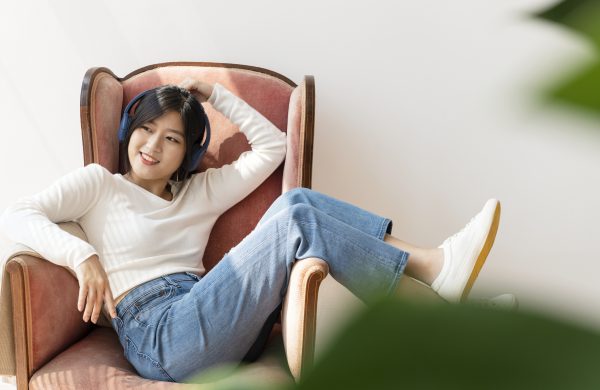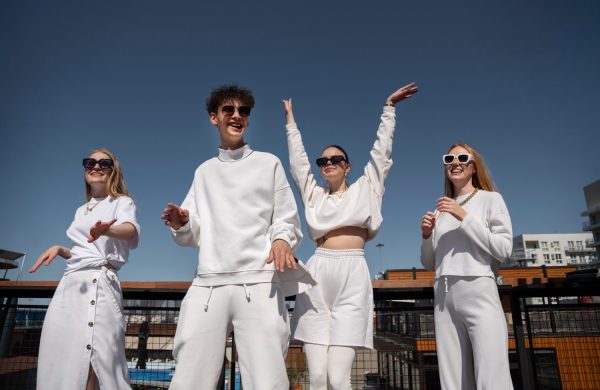The Power of Fashion: More Than Just Clothes
When we think of fashion, we often imagine runway shows, famous designers, glossy magazines, or the latest Instagram trends. But at its core, fashion is far more than aesthetics or fleeting styles—it is a deeply personal and powerful form of expression. It reflects who we are, where we come from, and how we see the world around us.
Fashion as a Language
Fashion is a silent language we all speak. Long before we utter a single word, the way we dress can reveal our personality, mood, profession, interests, or even political views. A sharp suit might convey confidence and professionalism. A brightly colored outfit might show playfulness or creativity. Someone wearing vintage pieces might be expressing nostalgia or love for a particular era.
We use clothing to celebrate, to mourn, to stand out, or to blend in. Whether consciously or not, our daily wardrobe choices carry meaning. And that’s the beauty of fashion—it speaks when words are not enough.
Identity and Individuality
One of fashion’s most empowering qualities is its ability to help us shape and redefine our identity. In a world that often tries to categorize people, fashion provides a way to break free from stereotypes and norms.
For some, fashion is an armor—a way to feel stronger or more confident. For others, it’s a canvas for creativity, an outlet to express moods, dreams, or rebellion. No matter the purpose, fashion offers the freedom to be unapologetically oneself.
And this isn’t limited to gender or age. From a teenager discovering their style for the first time to an older adult embracing fashion with renewed joy, everyone can use clothing to tell their story.
Fashion and Culture
Fashion doesn’t exist in a vacuum—it is deeply influenced by culture, history, and tradition. Across the globe, traditional attire reflects the values, beliefs, and craftsmanship of communities. From the intricate embroidery of Vietnamese áo dài to the elegance of Indian sarees, from Japanese kimonos to Scottish kilts, fashion serves as a cultural archive.
In today’s globalized world, fashion is becoming more inclusive, blending traditional elements with modern styles. Designers are increasingly drawing inspiration from their roots, bringing cultural pride and awareness into mainstream fashion. And consumers are more interested than ever in the stories behind the garments they wear.
Fashion Through Time: A Mirror of Society
Every era of fashion tells a story about its time. The flapper dresses of the 1920s symbolized women’s liberation. The punk styles of the 1970s were a form of rebellion. The minimalist looks of the 1990s spoke to a cultural shift toward simplicity and functionality.
Today, we live in a time of transition. Comfort and functionality have merged with self-expression. Athleisure has become a lifestyle. Oversized silhouettes, thrifted fashion, sustainable brands, and gender-neutral designs are gaining popularity. These trends are not just about looks—they reflect how people are thinking and feeling in a rapidly changing world.
Sustainability and Conscious Fashion
In recent years, fashion has faced growing criticism for its environmental and ethical impact. The rise of fast fashion brought affordable clothing to the masses but at a significant cost: pollution, overconsumption, and unfair labor practices.
Thankfully, a new wave of sustainable fashion is on the rise. Brands and consumers alike are embracing eco-friendly materials, ethical production, and slow fashion. More people are choosing to buy less, invest in quality, and support local or ethical businesses.
Fashion is beginning to move beyond “seasonal trends” to timeless pieces—clothing designed to last and be loved for years.
Digital Influence and Personal Branding
With the rise of social media, fashion is no longer dictated solely by runways or celebrity endorsements. Anyone with a phone and a sense of style can influence trends. Platforms like TikTok, Instagram, and Pinterest have democratized fashion, allowing people from all walks of life to share their personal style.
Fashion influencers and content creators are reshaping the industry. Micro-influencers with unique voices often have more engaged communities than major celebrities. People now look for relatability and authenticity—how clothes fit real bodies, how they reflect real lives.
Even more, fashion has become a tool for personal branding. Whether you’re a content creator, entrepreneur, or student, your style can reflect your goals, values, and lifestyle. It’s a visual introduction, a statement that says, “This is who I am.”
The Emotional Side of Fashion
Beyond aesthetics, fashion carries emotional weight. A favorite hoodie might bring comfort during difficult times. A dress worn on a special occasion might hold joyful memories. A hand-me-down from a loved one might become a cherished keepsake.
Fashion can be empowering. There’s a unique confidence that comes from wearing an outfit you love. When you feel good in what you wear, you carry yourself differently—you stand taller, smile wider, and move through the world with greater assurance.
Conclusion: Fashion as Freedom
At the heart of it all, fashion is freedom. It’s the freedom to evolve, to experiment, to tell your story in whatever way you choose. It’s the freedom to feel beautiful, bold, comfortable, or creative—sometimes all at once.
Whether you follow trends or create your own, whether your wardrobe is filled with designer labels or thrift store treasures, remember this: fashion belongs to everyone. There are no rules—only possibilities.
So dress for yourself. Dress for joy. Dress like you mean it.




